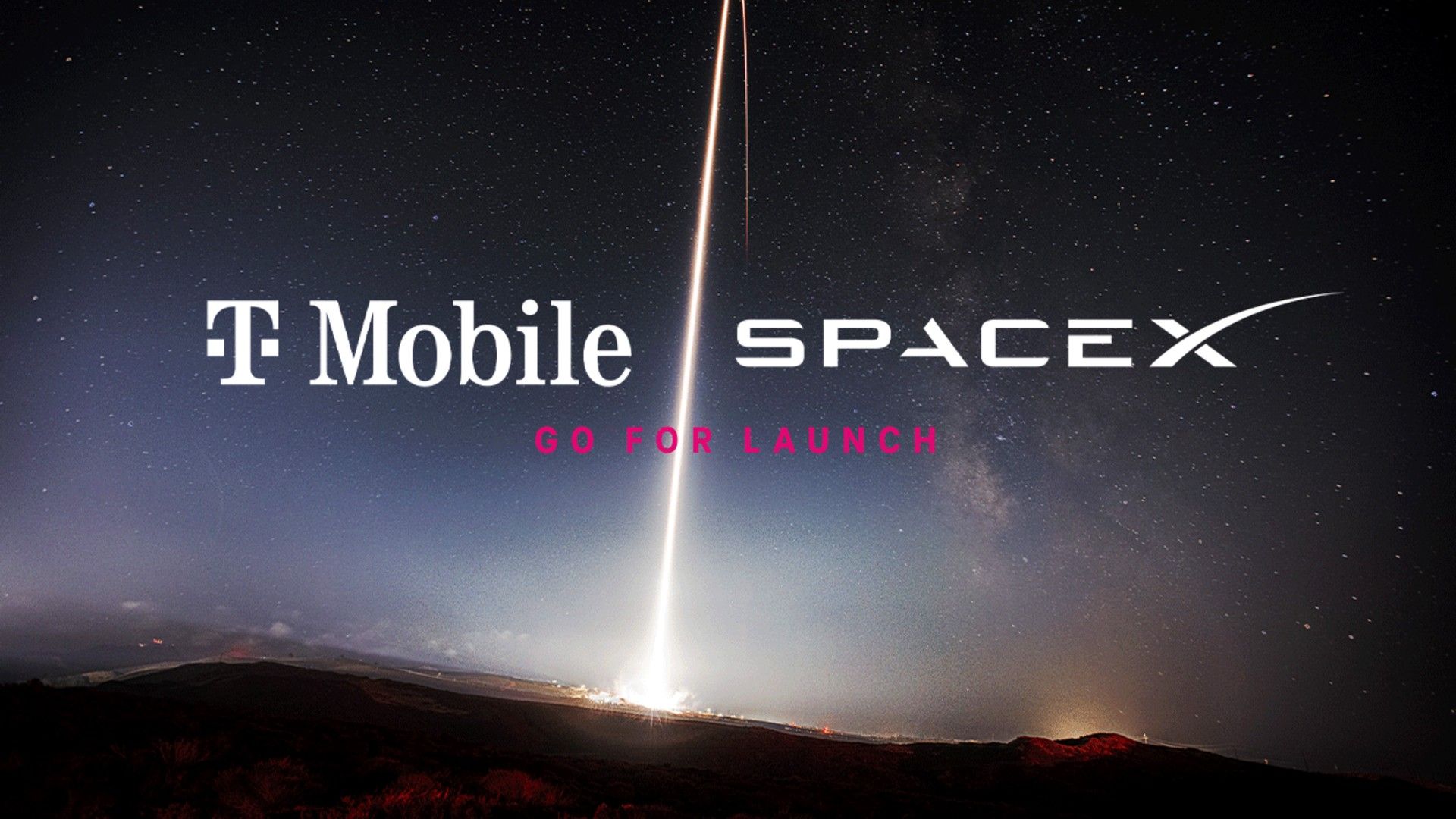SpaceX is getting ready to start testing its new Direct-to-Cell (DTC) Starlink satellite service. The DTC service is supposed to provide cell phone connectivity to remote areas not covered by conventional cell networks.
DTC beta testing will kick off on January 27, 2025, and continue until July 26, 2025. This new service builds on SpaceX’s existing Starlink network, which consists of nearly 7,000 low-Earth orbit satellites already giving internet access to over 4.6 million users in 118 countries.
The satellites will include devices called eNodeB modems, which act like cell towers but are in space. These modems will help send data to ground networks and partner carriers and are designed to work with current cell phones, so no new hardware is needed.
T-Mobile’s beta test will focus on text messaging, with plans to add data and voice features later. The test will include phases like launching the satellites, getting them into orbit, raising their orbit, and running them operationally. For the DTC service to move from testing to full use, it must meet target data speeds and reliability goals. T-Mobile users who signed up for the beta test have already started receiving links to join, so if you’ve been waiting to test this out, keep checking your e-mail.
All DTC-equipped satellites will perform regular Starlink tasks in addition to their direct-to-cell duties, meaning that there should be impact on Starlink satellite internet service. SpaceX requested permission to test as they enter this beta phase, and it seems that permission was given. The main aim of this test is to check how well a full DTC satellite system works and determine what improvements might be needed before a wider launch.
The technology could be useful for personal calls and emergencies, particularly for people in remote locations. It may even allow navigation through map services when conventional cell service is unavailable.
Source: NASASpaceFlight via AndroidAuthority





